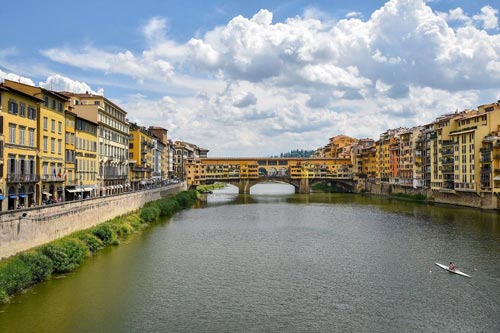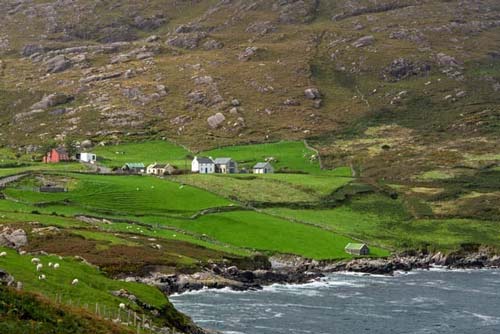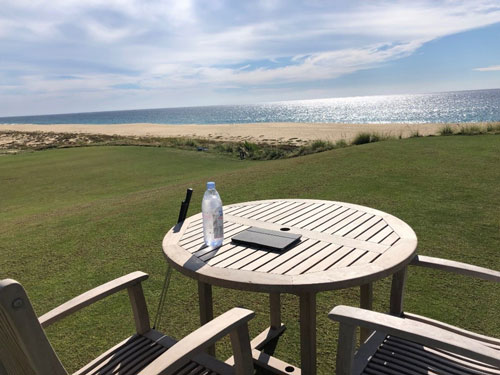
As I hurtle along in my rental car through the French countryside, I’m reminded just how vast this country is. Mile after mile of wide-open farmland, which only occasionally gives way to a church tower and a jumble of stone houses.
France has about the same population as the U.K. but nearly three times the land mass. This becomes all the more remarkable when you see how tidy it looks. Fields and hedges are neat. Fences are well maintained. Vines are set as straight as a ruler. Wherever you go, it appears as if an army of gardeners have been busy at work.
Indeed, in some cases they have. It’s said that the plane trees that line the roadsides of France were planted on orders of Napoleon himself, who wanted ample shade for his marching troops.
Today, they make for pleasant scenery as I cruise through the southern hinterlands of the Midi-Pyrénées and the Languedoc. The trees haven’t quiet recovered all their leaves, but yellow wildflowers bloom along the roadside, adding bursts of color to the undulating hills.
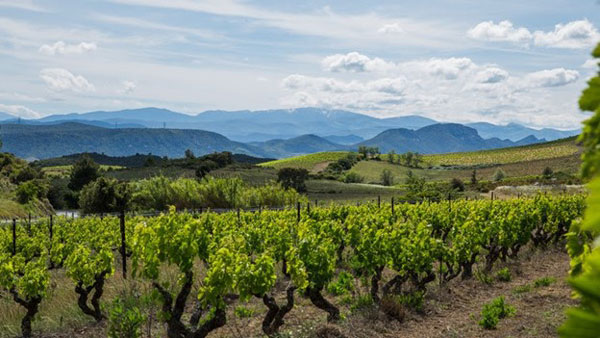
My first stop is the town of Mirepoix (pronounced “Meer-pwa,” as I learn from my AI navigator), a beautiful medieval bastide town that was relocated and rebuilt in the 13th century following a devasting flood.
The highlight of the town is a stunning market square surrounded on all sides by Tudoresque half-timbered houses. Their upper floors overhang the square, creating an arcade walkway underneath, which is lined with cafes, bars, and craft stores.
As it happens, I arrived on market day and the place is buzzing. So busy in fact that cafes aren’t serving solo diners. Instead, I buy a box of snails generously doused in garlic and parsley from one of the vendors.
All around the square, artisans and local market-gardeners from across the region stand behind stalls offering all manners of fruit, vegetables, cheeses, and wine. The sights and smells are intoxicating. And the vendors beckon welcomingly as I stroll past.
As I pass under the crooked timber frame of the arcade, I can easily imagine that not much has changed here in hundreds of years. Indeed, even a huge national election doesn’t seem to get a look in. There’s not a campaign poster in sight.
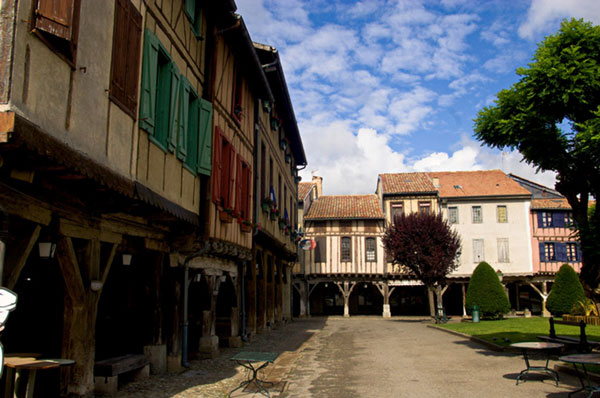
The Languedoc region, also known as Languedoc-Roussillon borders Spain and the Mediterranean. In 2016, it was joined with the région of Midi-Pyrénées to form the new administrative entity of Occitanie.
This region boasts sun-drenched Mediterranean beaches and colorful resort towns, wild mountain ranges, dramatic gorges, and stunning hill towns, and big cities like Perpignan and Montpellier. And it’s the biggest wine-producing region in France. In fact, it accounts for 5% of global wine production.
It’s a popular second home and vacation destination. But without the same volume of tourists you’ll find in Provence to the east. In fact, this comparison with its more well-known neighbor, has earned the Languedoc the title of “the poor man’s Provence,” thanks to its more affordable cost of living. But this really doesn’t do it justice. Indeed, it might be entirely inaccurate.
Real estate agent I met tells me that one current client of his is a wealthy international buyer who founded a company with a multi-billion-dollar valuation. “For him, money is no issue. He could buy anything he wants in Provence, but he’d prefer to be here. He wants to be away from the crowds in peaceful and tranquil surroundings.”
And he’s not a one-off. A significant uptick of wealthier folks have been arriving here in the past few years from Paris and other French cities, partly spurred on by the pandemic and the desire for more space.
Nevertheless, this region is still a lot more affordable. With village homes often selling for as little as €100,000 or less.
I saw one that’s been on the market awhile. It’s listed at €130,000.
The house in the heart of Routier. It’s one of a number of villages identified as a “circulade,” thanks to its concentric circle layout. These little villages, unique to the region, are said to be one of the earliest forms of urban planning, dating from the eleventh and twelfth centuries. The house is at the heart of the circulade, right next to the central church.
It’s about 30 minutes’ drive from Mirepoix, 15 from the city of Limoux, and just 30 minutes from Carcassonne’s international airport. It features four bedrooms over three floors, with great views of the Pyrenees mountains.
As I walk around the house, a slight musty smell confirms that the house hasn’t had an occupant in a while. And the owner has left us without electricity, so we view it by sunlight alone. It’s as I’d expect an old French village home to be. A little pokey. A little old-fashion. But charming nevertheless.
It hasn’t sold presumably because it doesn’t offer outdoor space. However, the owner does have planning permission for a roof terrace, and that added value isn’t fully reflected in the price. Figure on spending €20,000 to €25,000 to install the terrace and you’d have a more valuable home. There is also a large basement that could be used as a wine cellar or converted to a garage for a car.
There’s a café in the village and the surrounding area has a number of wine domaines, including one government backed winery that produces experimental wines (the French equivalent of the CIA no doubt).
As the real estate agent explained to me, the market in this region is two tier. “There are the sellers who have lived here for years, who are willing to sell at the old established prices. And then there are the newer sellers who bought here within the last few years as property values rose. They have different price expectations and list their properties to reflect that.”
Naturally, I want to see more of the first tier. These tend to be British expats who have lived in France for years and are now selling to move home.
Another house we visit fits the profile. The owner plans to either move back to England or stay in France and downsize. The sizeable old house offers a generous amount of space over three floors. It comes with four bedroom, two bathrooms, and a small garden with a pool. It’s listing for €299,000.
The house is in a small village of about 30 residents called Seignalens, about 10 minutes from Mirepoix. This is important because the village itself doesn’t have any amenities. What it does have is a lot of tranquillity and open space. There are hiking trails in every direction.
And this area is particularly attractive to cyclists thanks to its soft hills and bucolic views.
